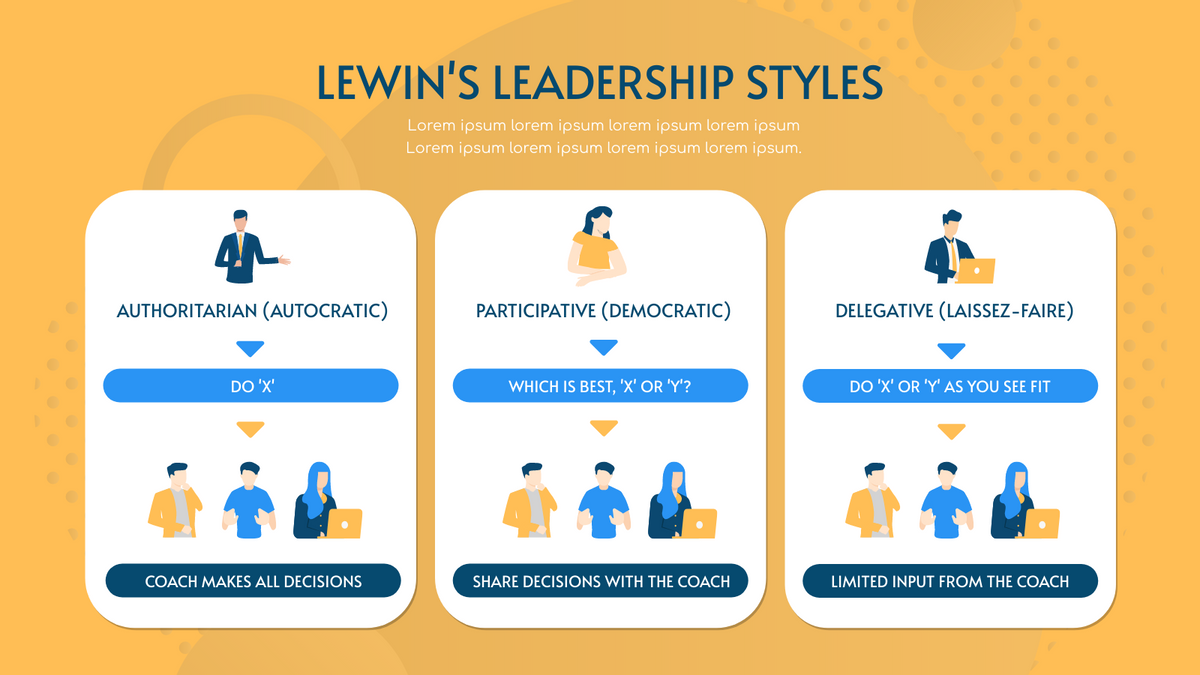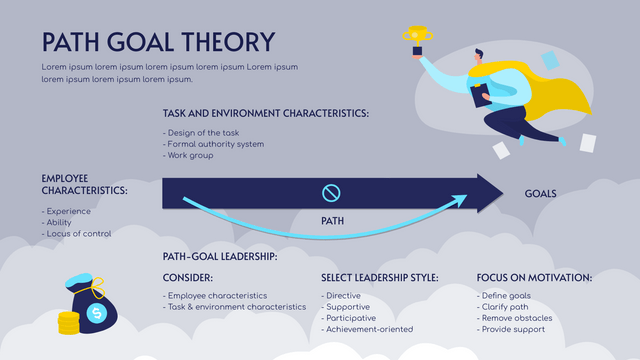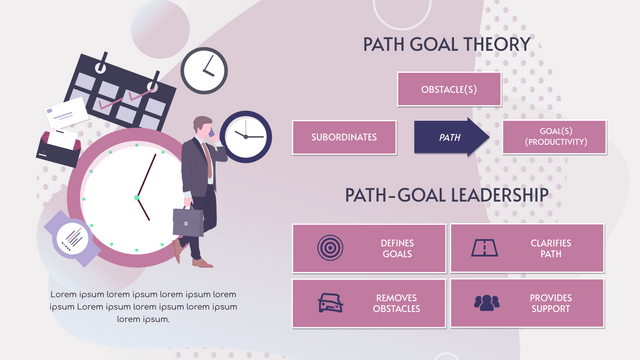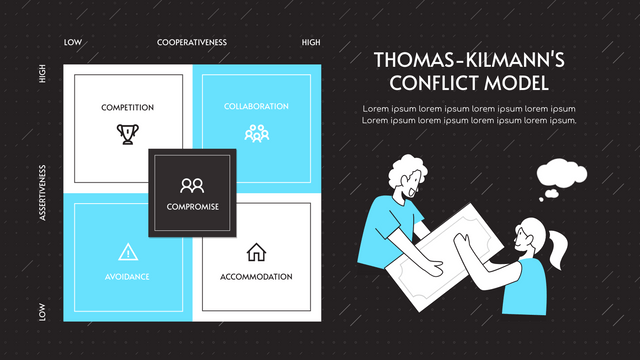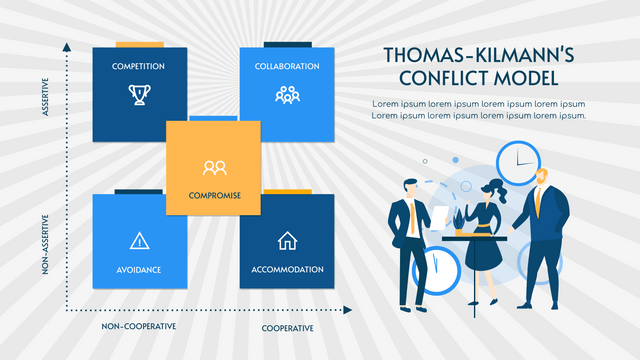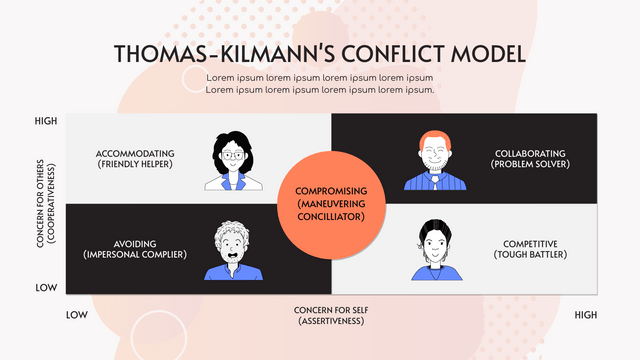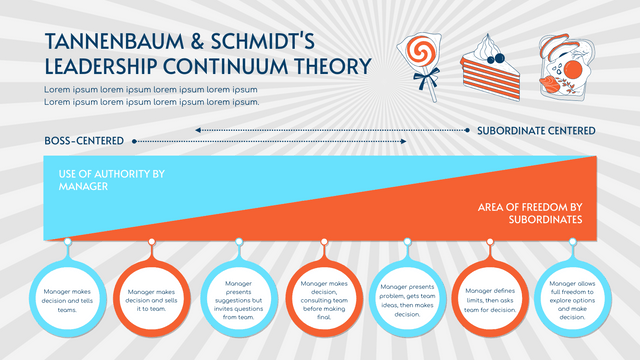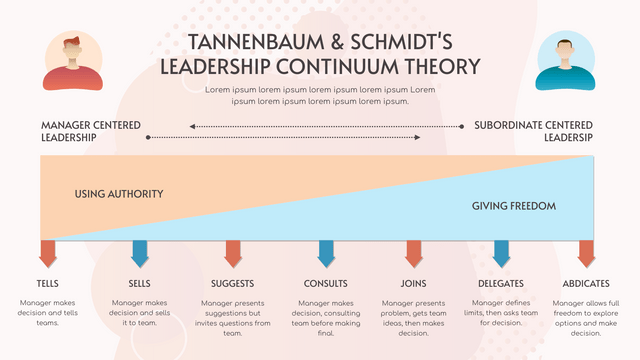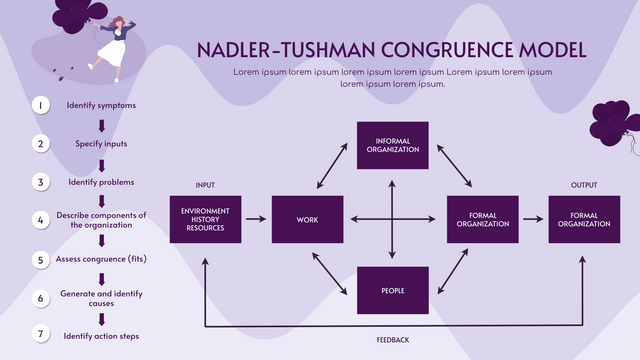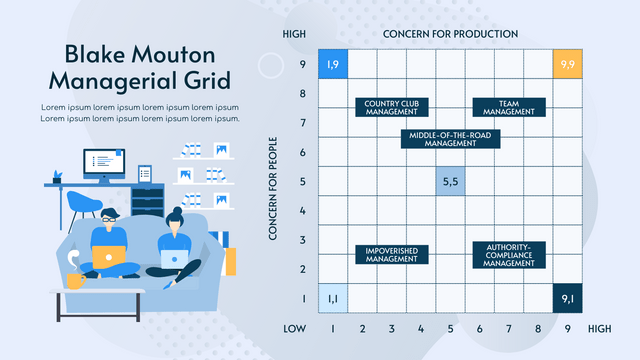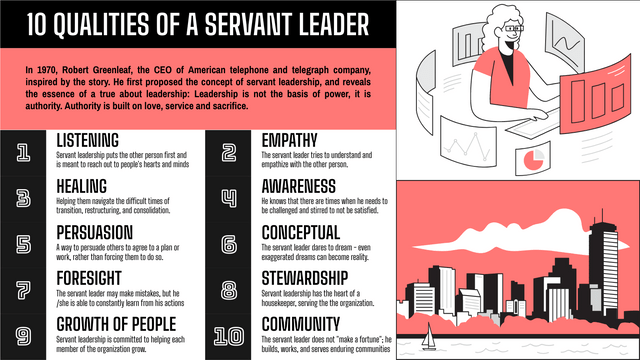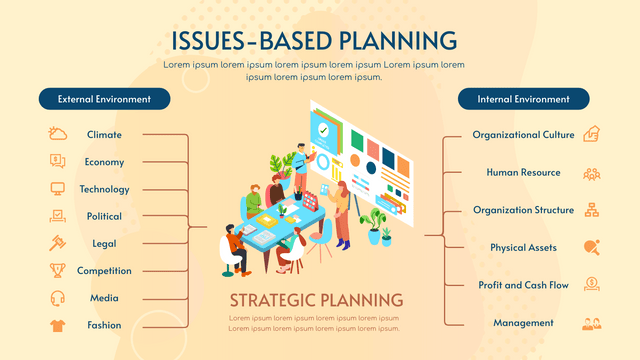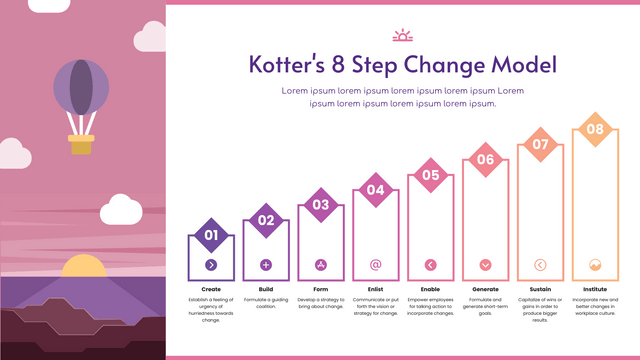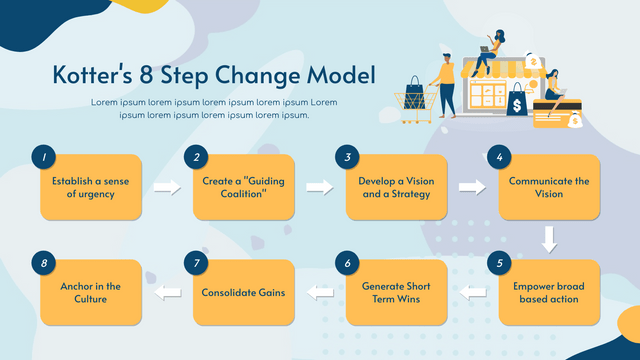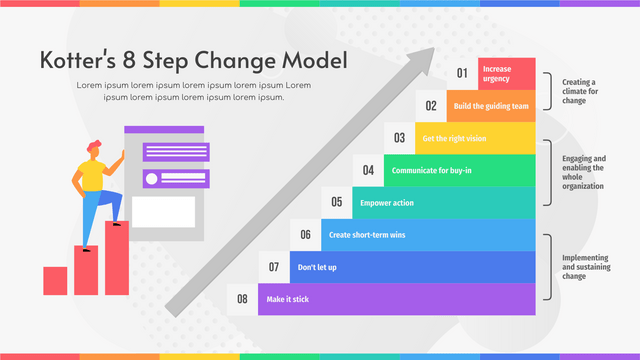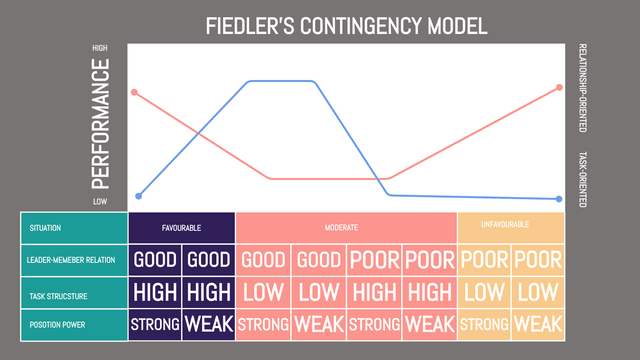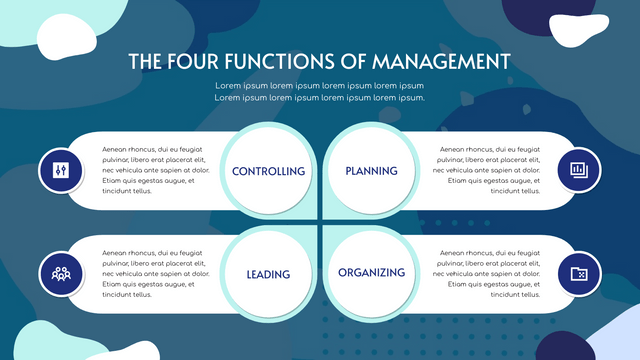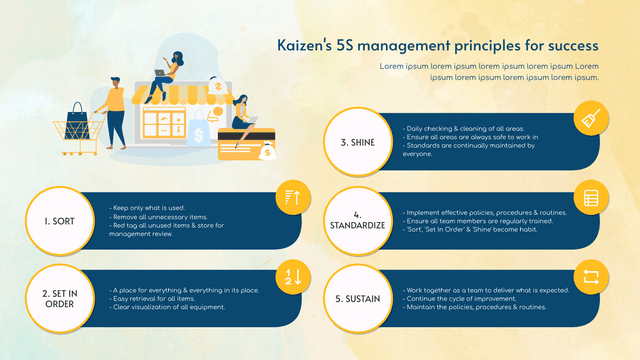What is Lewin’s Leadership Styles?
There has been a great deal of research on leadership style in the past. The classic example is the study conducted by psychologist Kurt Z. Lewin, at the University of Iowa. When exercising leadership, the individual characteristics of the leader are shown, which are called leadership styles. But, what is the most effective leadership style?
Lewin’s Leadership Styles
A team of researchers led by psychologist Kurt Lewin set out in 1939 to classify various leadership types. While subsequent analysis has recognized additional forms of leadership, this early study was very influential in establishing three primary leadership models, which served as a springboard for a more explicit leadership theories.
He suggests dividing three typical leadership styles into:
1. Autocratic - Authoritarian leaders, also known as autocratic leaders, have clear expectations about what needs to be accomplished and how it should be accomplished. This style of leadership emphasizes the command of the leader and the control of the followers. There is also a clear division of labor between leaders and members. Autocratic leaders make decisions independently, with little or no input from others.
The researchers found that autocratic leaders were less creative in their decision-making. Mr Levin also argues that the transition from an authoritarian style to a democratic one is harder than the reverse. Abuse of this method is often seen as controlling, bossy and dictatorial.
2. Democratic - Participatory leadership, also known as democratic leadership, is a way for team members to play a more active role in decision-making. Everyone has the opportunity to participate, to exchange ideas freely, and to encourage debate. While the democratic process emphasizes group equality and the free exchange of information, group leaders are also present to provide support and influence. Political representatives are responsible for determining the members of the party and who has the right to apply for decision-making.
3. Laissez-faire - Leaders should determine the most suitable leadership style according to the atmosphere or behavior differences of team members. Typically, laissez-faire leadership is the polar opposite of autocratic leadership that a leader provides little or no guidance to the team members and delegates decision-making power to the team members. While this style is useful in situations involving highly qualified experts, it could result in poorly defined roles and a lack of motivation.
Lewin's Leadership Template
Here is a Lewin's Leadership template created with Visual Paradigm's online strategic analysis tool. You can customize this template by modifying the text, color and font, and use it in your presentations and reports.
